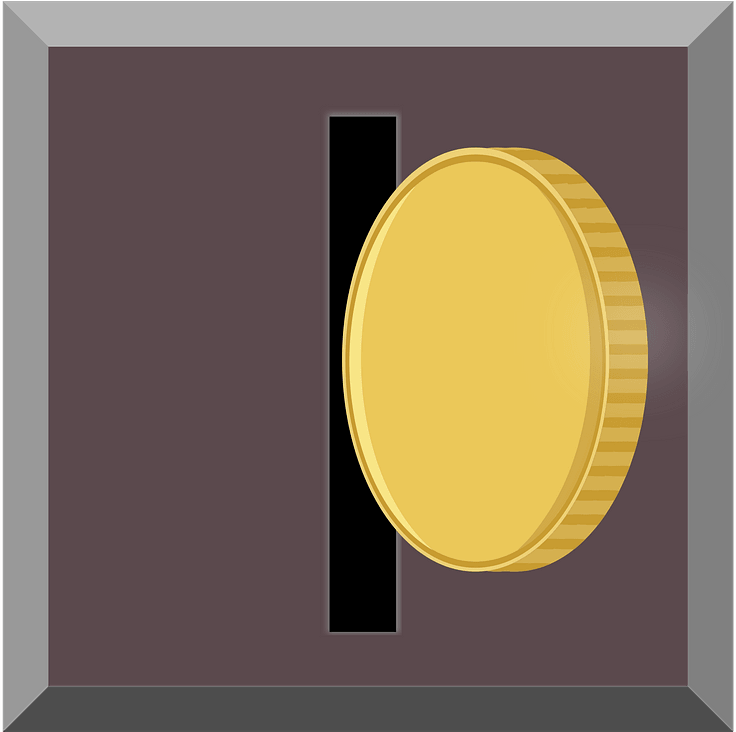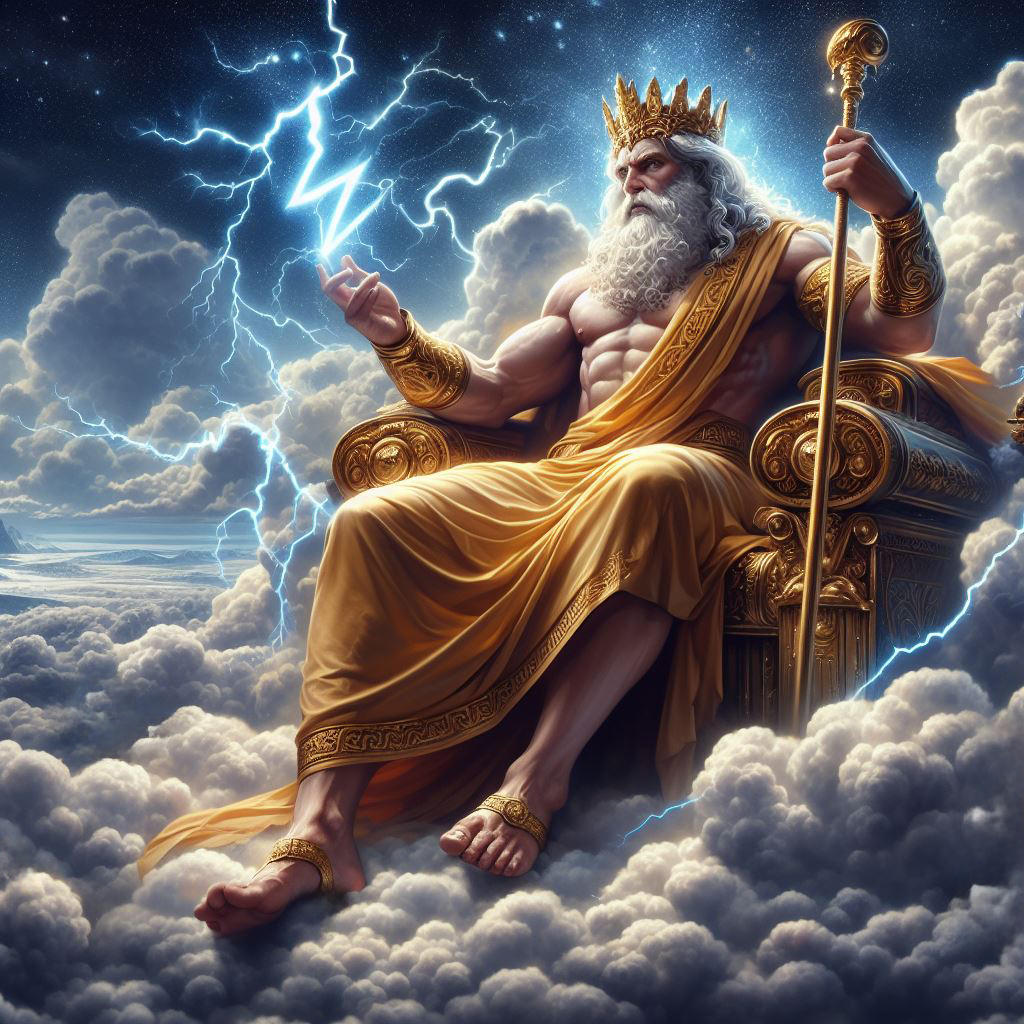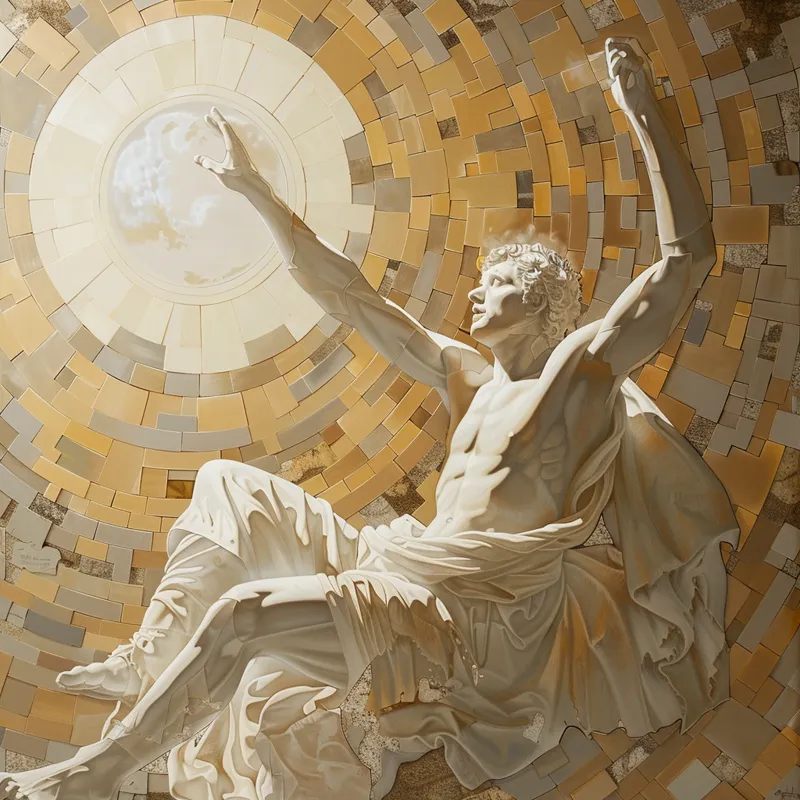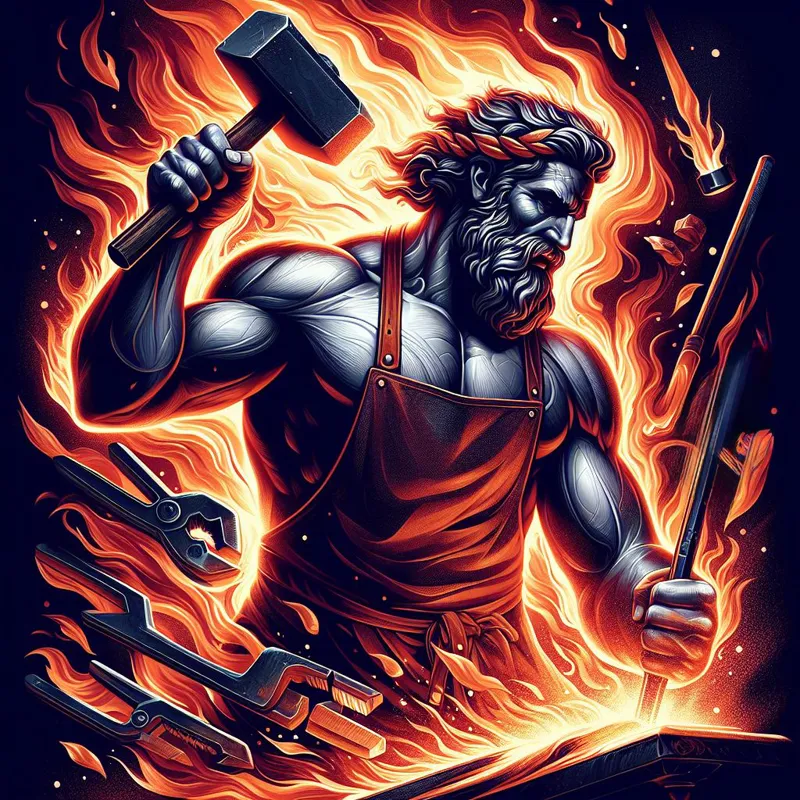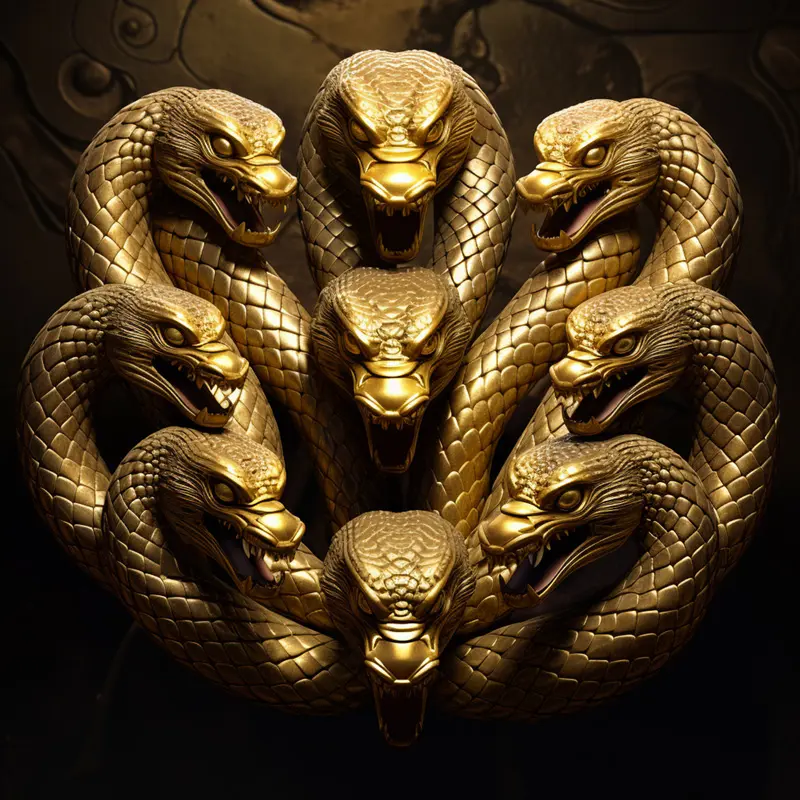
The Lernaean Hydra
In the legendary Twelve Labors of Hercules, the second labor was a daunting task that would test the hero's courage, strength, and wit. After successfully completing his first labor, Hercules embarked on a new quest, assigned by King Eurystheus of Mycenae.
Hercules' second labor was to confront and defeat the Lernaean Hydra, a fearsome and deadly creature that dwelled in the swamps of Lerna, a region in ancient Greece. The Hydra was no ordinary beast; it was a monstrous serpent with nine heads that could breathe venomous fumes. What made the Hydra especially formidable was its uncanny regenerative ability. Whenever one of its heads was severed, two new heads would sprout in its place.
Preparations and Strategy
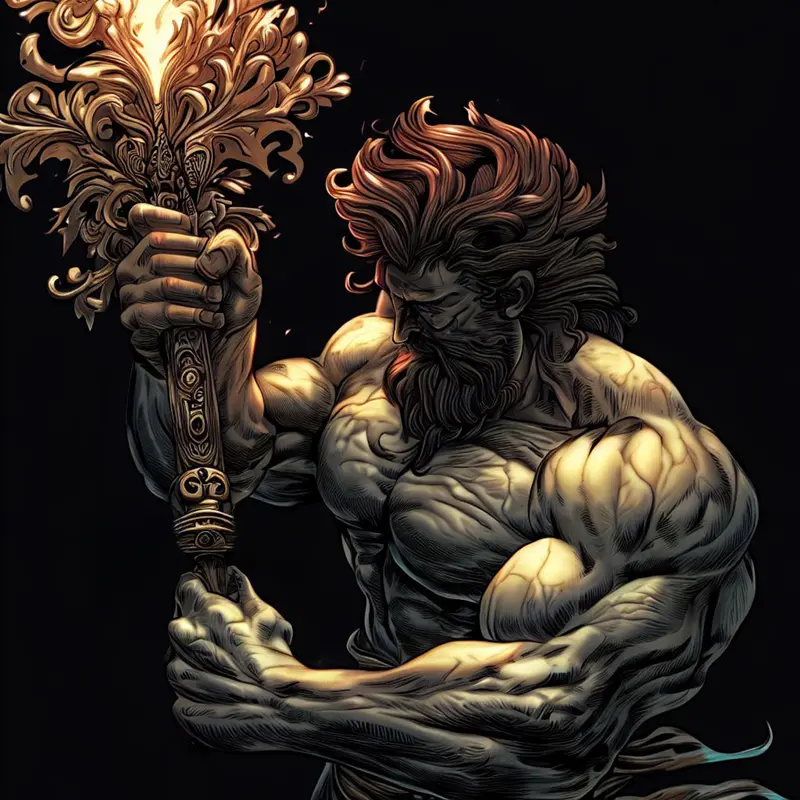
Hercules Prepares The Firebrand
Before setting out to confront the Hydra, Hercules made careful preparations. He armed himself with a sword and obtained a firebrand, a burning stick, which would become a crucial element of his strategy. To assist him in this perilous quest, Hercules brought along his nephew, Iolaus.
Together, they devised a plan to overcome the Hydra's regeneration. They knew that brute force alone wouldn't be sufficient. They needed a clever strategy to defeat the monster.
The Battle Begins

Hercules Luring The Hydra
Hercules and Iolaus journeyed to the swamps of Lerna, where the Hydra had its lair. They approached the creature's den and lured it out by firing flaming arrows into the entrance. As the Hydra emerged, its heads hissing and venomous, Hercules sprang into action.
The Hydra's Heads Fall

Iolaus Cauterizing The Severed Hydra Heads
With immense strength and determination, Hercules began to strike at the Hydra's heads. At the same time, Iolaus used the burning stick to cauterize the wounds immediately after the heads were severed.
This brilliant tactic prevented new heads from growing in place of the severed ones. The battle was fierce and grueling, but Hercules and Iolaus remained resolute.
Dealing with the Immortal Head
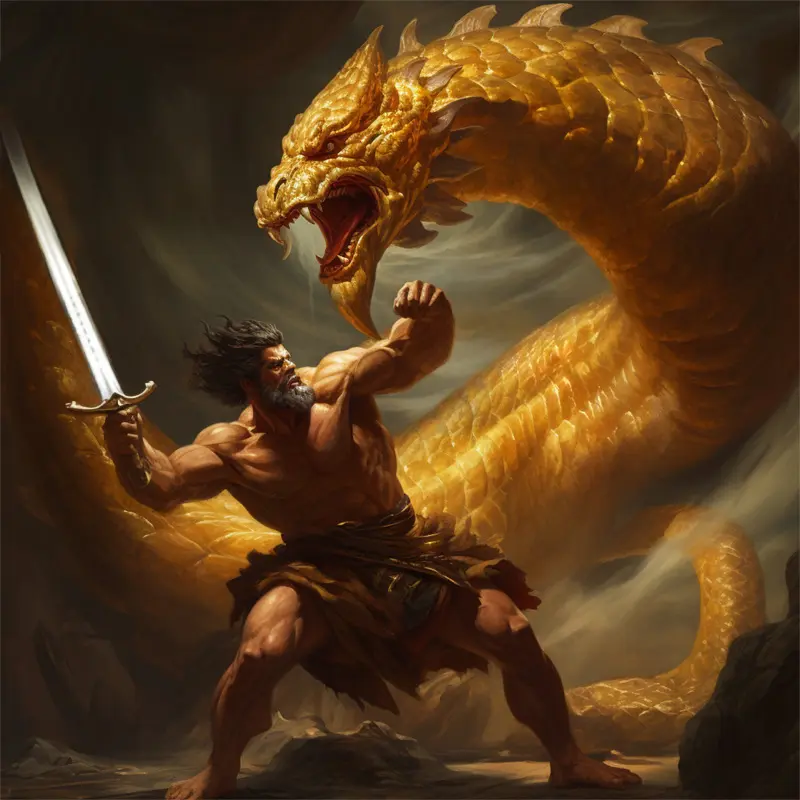
The Immortal Hydra Head
As they continued their battle, Hercules noticed a particularly vexing problem: the Hydra possessed an immortal head. No matter how many heads they cut off, this one remained impervious to harm. It was an obstacle that required a unique solution.
Hercules decided to take a two-fold approach to deal with the immortal head. First, he severed the immortal head from the Hydra's body just like the others. However, instead of attempting to destroy it further, he recognized the futility of that endeavor. Instead, he chose to render it harmless in a way that would be irreversible.
Burying the Immortal Head
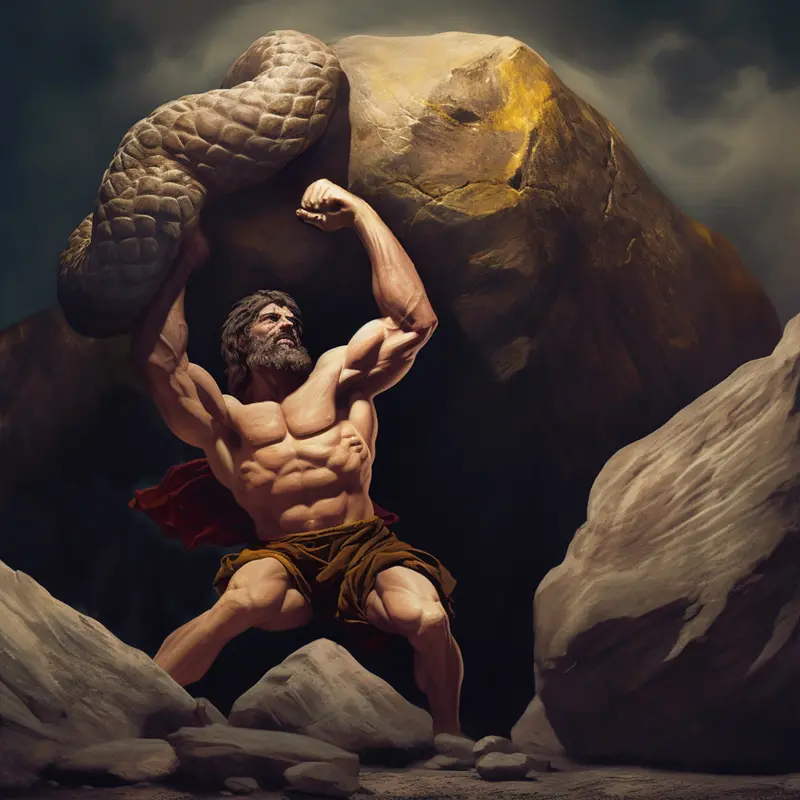
Hercules Heaves Against Boulder
Hercules dug a deep pit in the earth near the Hydra's lair and buried the immortal head within it. To ensure that it would never again pose a threat, he placed an enormous and heavy boulder on top of the buried head.
The weight of the boulder made it impossible for the head to resurface or regenerate. In this way, he effectively sealed away the Hydra's immortality, ensuring that it could no longer regenerate and terrorize the land of Lerna.
Return to King Eurystheus
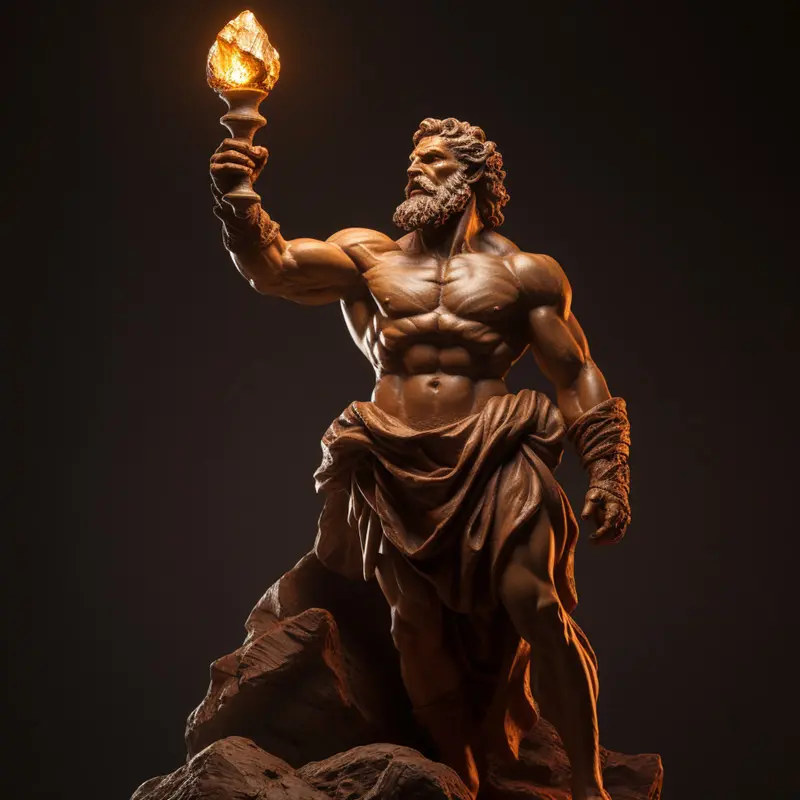
Hercules Completes the Second Labor
With the Hydra vanquished and its immortal head securely buried, Hercules had completed his second labor. He returned to King Eurystheus, victorious yet again. The king was both amazed by Hercules' prowess and unnerved by his growing power.
Hercules' second labor, the slaying of the Lernaean Hydra, had showcased not only his physical strength but also his intelligence and resourcefulness. It marked another step in his quest to atone for his past misdeeds and achieve immortality through heroic deeds. Yet, more trials awaited him on his path to redemption, as he continued his journey to complete the Twelve Labors.

